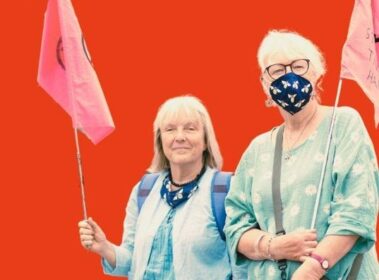Wrong language or images can easily convey a stereotypical idea of older people. This sheet gives concrete communication tips that can make a huge difference in the way we talk about ageing and older age.
Language *

Inspiration: (c) FrameWorks Institute. 2017. Quick Start Guide. Washington, DC.
*Additional versions of this short guide can be developed for other languages at a later stage
Images
- Prefer pictures showing people’s faces rather than their back or a body part (wrinkled hands) – it helps representing older people as persons with emotions and thoughts
- Try to represent diversity in older age in terms of gender, race/ethnicity, ability, etc.
- Avoid pictures of hunched-over person – although many older people are living with a disability, disability can take various forms and not only be physical
- Prefer group pictures instead of lonely older people – if possible intergenerational for this specific topic (although not necessarily a family gathering as more and more older people are also now ageing without children)
- Prefer promoting active representations – older people are far too often pictured as passive, looking at others or contemplating the landscape from a bench, receiving care or guidance rather than doing things or passing on knowledge
- Prefer coloured pictures instead of black and white or sepia.
Other useful resource:
- Guidelines for Age-Inclusive Communication, from the US campaign Changing the Narrative
- Challenging ageism: A guide to talking about ageing and older age (Centre for Ageing Better)
- Quick guide to avoid ageism in communication (WHO)
- Reframing Aging Through Images: Recommendations from Research (AARP)
- Age-positive image library from the Centre for Ageing Better






